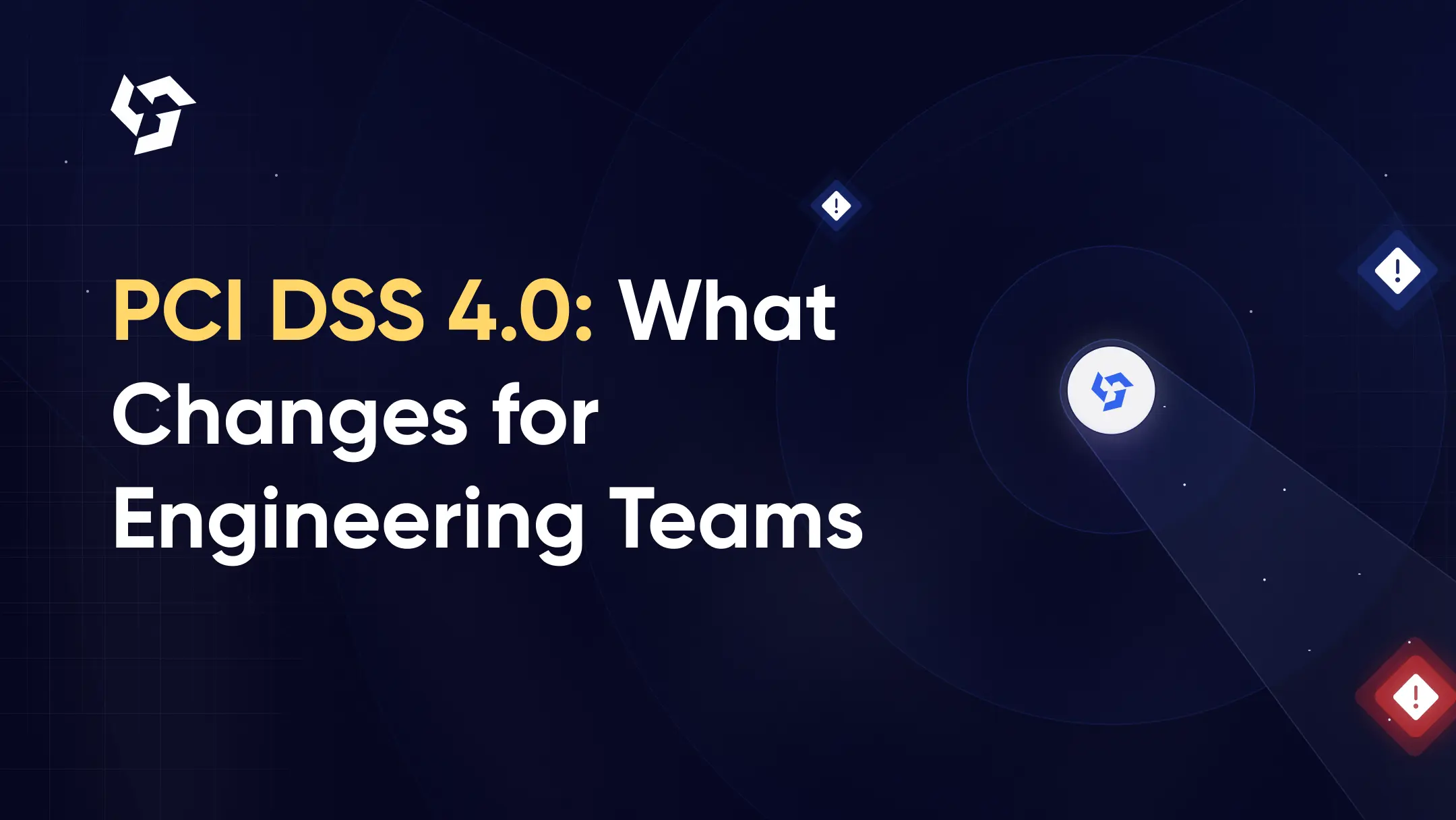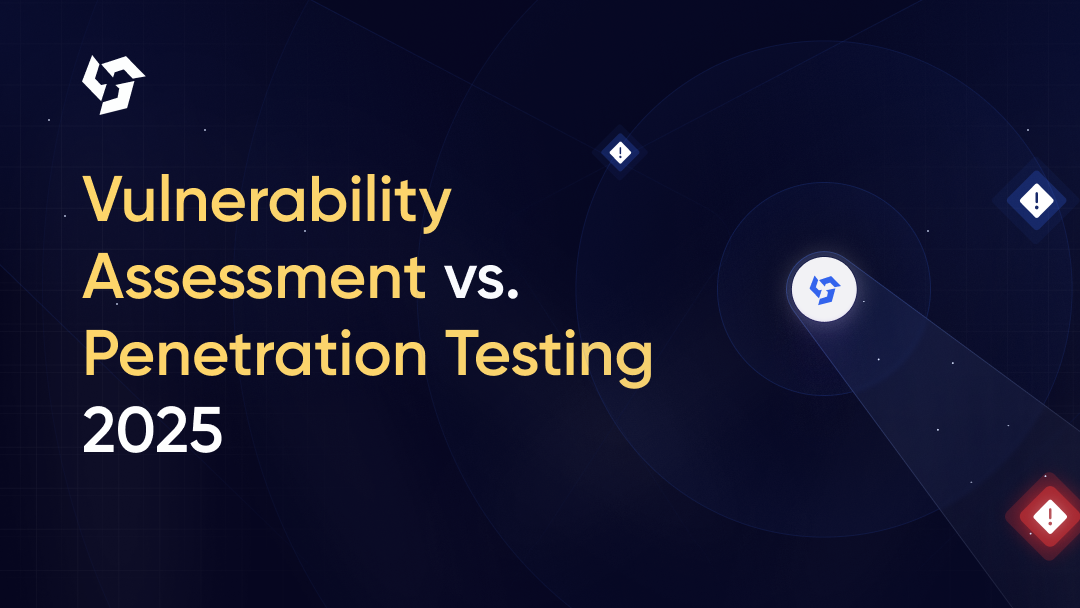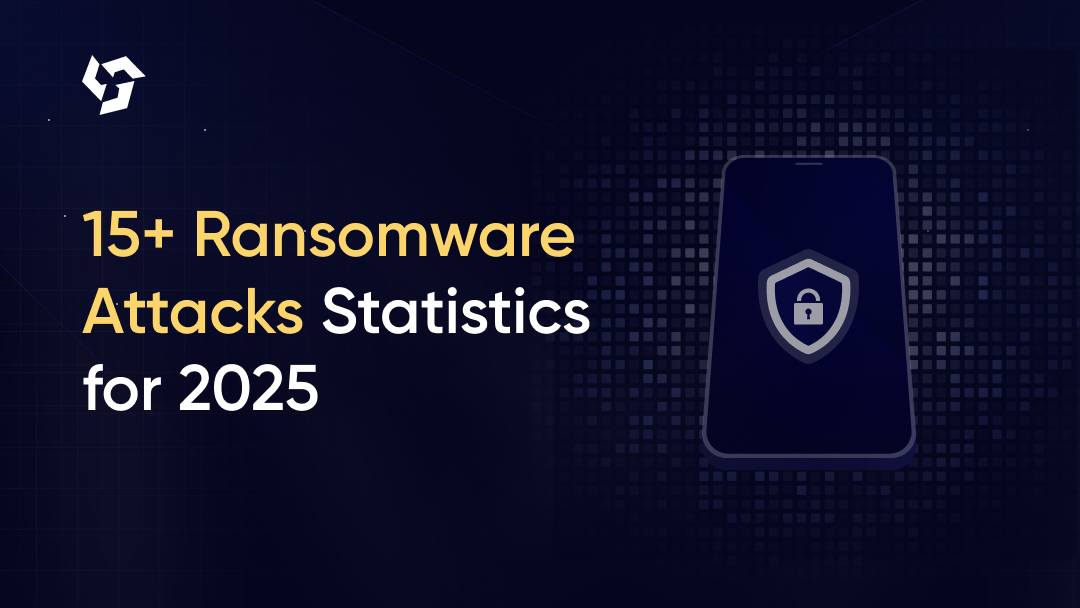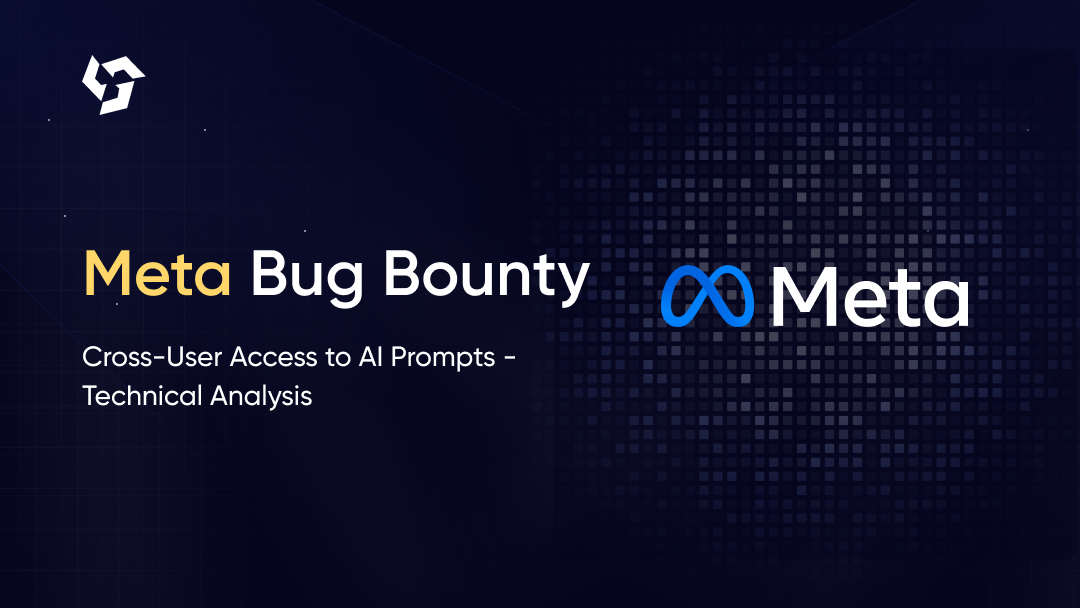Web application security is crucial to protect sensitive data, prevent financial loss, and maintain user trust. The OWASP Top 10 is a widely recognized list of the most critical web security risks, helping developers secure applications against common threats. This guide explains each risk concisely and provides a checklist to mitigate vulnerabilities effectively.
Understanding the OWASP Top 10 Web Security Risks
The OWASP Top 10 is a globally recognized standard for identifying the most critical security risks affecting web applications. It is curated by security experts based on real-world threat data and is updated periodically to reflect evolving cyber threats. By understanding and mitigating these vulnerabilities, developers can create more secure applications and protect sensitive user data.
The latest OWASP Top 10 focuses on:
- Broken Access Control – Unauthorized access due to weak enforcement of permissions.
- Cryptographic Failures – Improper encryption leading to data leaks.
- Injection – Untrusted input leading to code or command execution.
- Insecure Design – Weak security architecture from the start.
- Security Misconfiguration – Default settings or exposed endpoints.
- Vulnerable & Outdated Components – Usage of libraries with known vulnerabilities.
- Identification & Authentication Failures – Weak password policies or session management flaws.
- Software & Data Integrity Failures – Supply chain attacks or lack of integrity checks.
- Security Logging & Monitoring Failures – Inadequate logging, leading to delayed breach detection.
- Server-Side Request Forgery (SSRF) – Exploitation of web applications making unauthorized network requests.
By addressing these vulnerabilities, developers can significantly reduce security risks and ensure robust web application security.
1. Broken Access Control
Issue: Improper access controls allow unauthorized access to sensitive data and admin functions.
Example Attack: Changing userId=123 to userId=124 in a URL may grant access to another user’s account if access control checks are weak.
Mitigation:
- Implement server-side authorization for every request.
- Follow least privilege and role-based access control (RBAC).
- Prevent Insecure Direct Object References (IDOR) by validating user permissions.
- Restrict access to sensitive actions and APIs using proper authentication.
2. Cryptographic Failures
Issue: Weak or missing encryption exposes sensitive data to attackers.
Example Attack: Storing passwords as SHA-1 hashes without salting allows easy brute-force attacks.
Mitigation:
- Use TLS (HTTPS) for all data in transit.
- Encrypt sensitive data at rest with AES-256 or similar.
- Hash passwords using bcrypt, Argon2, or PBKDF2 with unique salts.
- Implement secure key management practices.
3. Injection
Issue: Unvalidated user input can be executed as code or SQL queries, leading to data leaks or server compromise.
Example Attack: SELECT * FROM users WHERE username = 'admin' OR '1'='1'; bypasses authentication if input is not sanitized.
Mitigation:
- Use parameterized queries and ORM to handle database inputs safely.
- Escape and validate user input before executing commands.
- Apply Content Security Policy (CSP) to mitigate XSS.
- Restrict command execution and external inputs.
4. Insecure Design
Issue: Lack of security considerations during the design phase leads to systemic vulnerabilities.
Example Attack: An e-commerce site allowing price changes via hidden form fields enables attackers to buy products for free.
Mitigation:
- Incorporate threat modeling early in development.
- Follow secure design principles (least privilege, defense-in-depth).
- Enforce rate limiting and access verification for critical operations.
5. Security Misconfiguration
Issue: Default credentials, excessive permissions, and exposed debugging tools increase attack risks.
Example Attack: Exposed /admin panels with default credentials allow attackers unauthorized access.
Mitigation:
- Change default passwords and disable unnecessary features.
- Enforce least privilege on cloud and file system configurations.
- Disable verbose error messages and remove unnecessary services.
6. Vulnerable & Outdated Components
Issue: Using outdated libraries, plugins, or frameworks with known vulnerabilities exposes applications to attacks.
Example Attack: The Equifax breach occurred due to an unpatched Apache Struts vulnerability
Mitigation:
- Regularly update dependencies and frameworks.
- Use automated vulnerability scanners to detect outdated components.
- Remove unused or unmaintained software dependencies.
7. Identification & Authentication Failures
Issue: Weak passwords, lack of MFA, or exposed session tokens lead to unauthorized access.
Example Attack: Credential stuffing attacks reuse leaked passwords to hijack accounts.
Mitigation:
- Enforce strong password policies and check against breached lists.
- Require Multi-Factor Authentication (MFA) for sensitive operations.
- Use secure session handling (HttpOnly, Secure, SameSite cookies).
8. Software & Data Integrity Failures
Issue: Failing to verify software integrity allows supply chain attacks and malicious data tampering.
Example Attack: SolarWinds breach injected backdoors into software updates, compromising thousands of organizations.
Mitigation:
- Sign and verify software updates and third-party dependencies.
- Use package integrity checks and secure supply chain practices.
- Restrict insecure deserialization and dynamic code execution.
9. Security Logging & Monitoring Failures
Issue: Lack of proper logging and monitoring delays detection of breaches and attacks.
Example Attack: Companies take months to detect intrusions due to missing or unmonitored logs.
Mitigation:
- Log authentication, authorization, and security events.
- Use centralized logging systems with real-time alerting.
- Protect logs from tampering and unauthorized access.
10. Server-Side Request Forgery (SSRF)
Issue: Applications that fetch external URLs without validation can be exploited to access internal networks or cloud metadata.
Example Attack: The Capital One breach used SSRF to retrieve AWS credentials and access sensitive data.
Mitigation:
- Restrict outbound requests and allowlist trusted domains.
- Block access to internal IPs and metadata services.
- Enforce strict input validation and protocol restrictions.
Security Best Practices Checklist
To prevent common vulnerabilities, web developers should follow these key practices:
General Security Practices
- Implement server-side access control and least privilege principles.
- Encrypt data in transit (TLS) and at rest (AES-256).
- Validate all user inputs and escape untrusted data.
- Use secure session management with short-lived tokens.
- Regularly update dependencies and remove unused components.
- Implement Multi-Factor Authentication (MFA) for admin and critical accounts.
- Secure logging and monitoring to detect suspicious activity.
- Validate file uploads and prevent code execution from user-supplied data.
- Restrict outbound requests to trusted sources to prevent SSRF.
- Secure CI/CD pipelines and verify software integrity.
By following this checklist, developers can reduce security risks and build more robust, secure web applications. For expert guidance on application security and penetration testing, contact AppSecure at hello@appsecure.security.

Content Writer at Appsecure
.png)


.webp)



































.png)
.png)

.png)
.png)
.png)
.png)
.png)
.png)

.png)
.png)



.png)




.png)
.png)
.png)
.png)

.png)
.png)
.png)

.png)
.png)
.png)
.png)
.png)

.png)









.webp)





.webp)


.webp)

.webp)



.webp)

.webp)

.png)

.webp)
